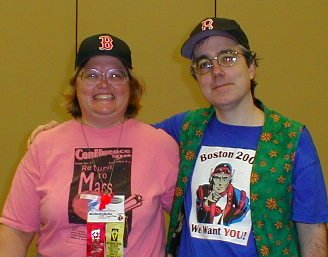The Apocalypse Codex by Charles Stross
Bob Howard is a computer programmer whose work almost opens a door to another, darker dimension. The right computational transforms, it turns out, are ways to tap into other locations, other dimensions -- in other words, magic -- and to make contact with the often Lovecraftian entities living there. Such skills are not allowed in a freelancer, so Bob is “recruited” by the Laundry, the British secret service arm that defends the realm against supernatural threats. This is Stross’s 4th Laundry novel, and he continues to produce an entertaining mix of geekness and Lovecraftian horror, while also poking at the bureaucracy. I enjoy the subgenre that combines spy fiction with supernatural fiction, which also Tim Power’s great novel Declare and Mike Mignola’s BPRD and Hellboy comics. But nobody does what Stross does, combining humor with horror, computer geek culture with magic.This time, large-scale American fundamentalist cults are also the target. The Laundry becomes interested when American preacher Ray Schiller seems to be cozy with the Prime Minister. But the Laundry can’t investigate the PM directly: that’s an iron rule of all British secret service. They instead hire two outside consultants -- a powerful witch and her military-trained companion -- to follow Schiller back to Colorado and see what he’s up to. Bob, who seems to be (unwillingly) on a management track, is sent along with them, to act as monitor and control.
But of course everything is far deeper than that. Schiller is intent on converting the whole world so that he can bring back Jesus -- or what his cult thinks is Jesus, but is really a sleeping elder horror. Schiller is using parasitic brain worms, administered during what the worshipers think is communion, to control parts of the congregation, and is intent on sacrificing thousands to wake the sleeper.
Along the way, we get crazed fundamentalists, the American paranormal blackops organization (referred to as the Nazgul, for reasons that become obvious), a small army of zombies that are supposed to prevent anyone from waking the sleeper, what look an awful lot like stargates (and one in Colorado Springs, no less) leading to the dead planet where the elder god sleeps, and plenty of geeky gadgetry that combine technology and magic, such as a digital camera that also functions as a “basilisk gun,” a circuit board attached to a pigeon claw that can make the holder invisible, and so on.
It’s a fun ride, deftly mixing humor, action, and horror. And of course, it’s open ended, so we can expect to see more of Bob Howard and the Laundry in future.
